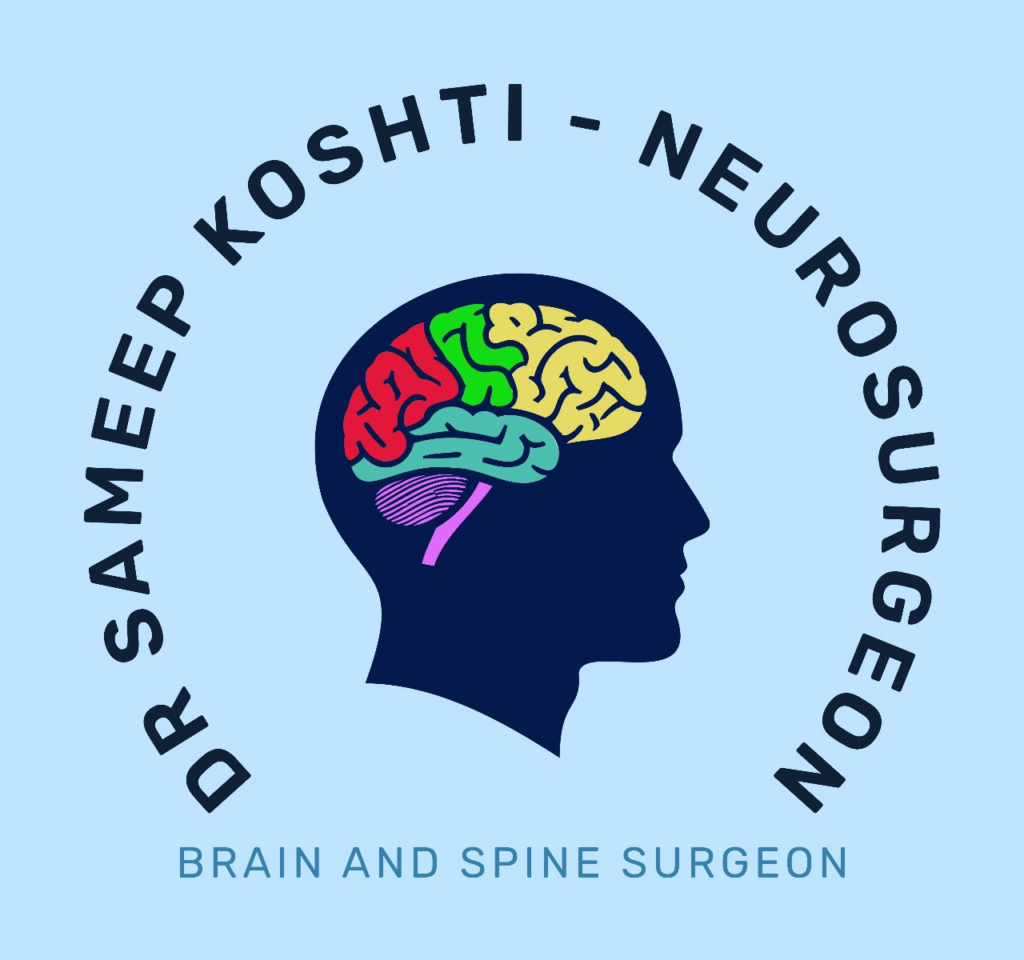What is Cervical Spondylosis?
It is a common, age-related condition that affects the cervical spine.
This degenerative disorder, often referred to as neck arthritis or osteoarthritis of the neck, affects over 90% of individuals by the age of 60.
It results from the Wear and tear of cartilage and bones in the cervical spine.
Although it cannot be cured, its progression can be managed effectively with proper treatment.
What are the Symptoms of Cervical Spondylosis?
Many individuals with cervical spondylosis may not exhibit any symptoms. However, if symptoms do manifest, they can include the following:
- Stiffness and neck pain, which can intensify with activity
- An audible grinding or popping noise when turning the neck
- Muscle spasms in the neck
- Occasional headaches and dizziness
How is Cervical Spondylosis Diagnosed?
Diagnosis of cervical spondylosis involves:
A physical examination where a doctor assesses the neck for
- Limited movement
- Unusual reflexes
- Muscle weakness
Imaging techniques like
- X-rays
- MRI scans
- CT scans
offer detailed images of the cervical spine and assist in detecting abnormalities such as bone spurs or disc deterioration.
Additionally, electromyography (EMG) and nerve conduction studies are conducted to analyze the electrical activity in nerves and muscles.
What Treatments Are Available?
Treatment for cervical spondylosis aims to relieve symptoms and improve quality of life.
The approach may include:
Non-drug therapies, such as physical therapy, strengthen neck muscles and improve mobility.
Medications like over-the-counter pain relievers to reduce inflammation and pain.
Advanced interventions for more severe cases, such as
- Cervical epidural injections
- Radiofrequency ablation
- Surgery like spinal fusion
if non-invasive treatments fail to provide relief.
How to Manage and Live with Cervical Spondylosis?
Living with cervical spondylosis involves several lifestyle adjustments and home remedies, including:
- Taking frequent pauses from activities that put stress on the neck.
- Application of heat or ice packs to alleviate pain and stiffness.
- Gentle neck exercises to maintain flexibility and strength, as your doctor recommends.
When Should You Consult a Doctor?
It’s essential to seek medical advice if:
- Neck pain or stiffness persists for more than a few days without relief.
- Symptoms worsen despite treatment.
- You experience severe symptoms such as numbness, loss of strength, or coordination issues, which might indicate more serious complications like cervical myelopathy or radiculopathy.
Cervical spondylosis is manageable with the proper medical guidance and self-care strategies. If you experience ongoing neck pain or stiffness, consult your doctor to discuss the most effective management strategies for your condition. Prompt intervention can help maintain an active and comfortable lifestyle despite this chronic disorder.



